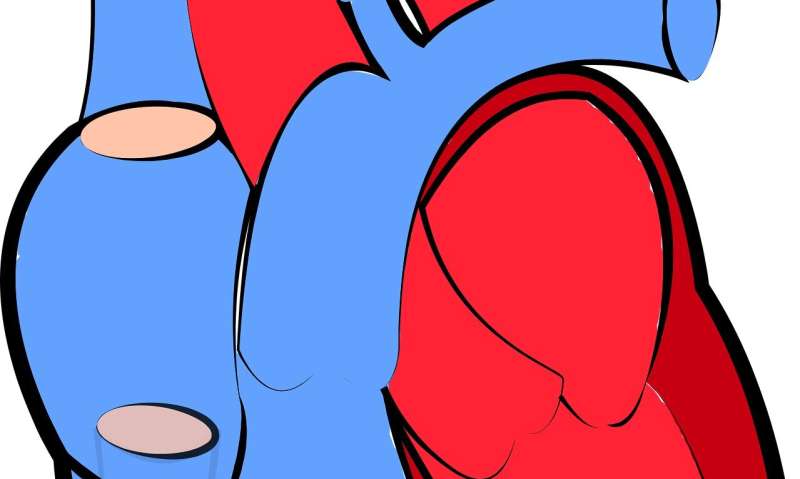Who is at risk of heart rhythm disorders?

Use the right tool for the job. Today experts outline the best way to identify people most likely to develop common and devastating heart rhythm disorders. The advice is published in EP Europace, a journal of the European Society of Cardiology (ESC) and presented on EHRA Essentials 4 You, a scientific platform of the ESC.
The paper recommends how best to determine the likelihood of developing a heart rhythm disorder and also how to assess the risk for poor outcome in patients with that condition. The document focuses on atrial fibrillation, the most common heart rhythm disorder and a major cause of disabling stroke, and ventricular tachyarrhythmia (fast heart rate), a leading cause of sudden cardiac death.
The topic is of urgent public health importance: one in four middle-aged adults in Europe and the US will develop atrial fibrillation. It is estimated that by 2030 there will be around 14 to 17 million patients with atrial fibrillation in the EU, with 120,000 to 215,000 new diagnoses each year.
"Accurate risk assessment enables earlier diagnosis and intervention—with lifestyle changes or medication—that could be preventative," said lead author Professor Jens Cosedis Nielsen of Aarhus University Hospital, Denmark. "To get the correct answer in assessing risk, we must use the tools that have been proven to accurately predict the condition or outcome."
To take an example, the probability of developing atrial fibrillation rises with increasing age, high blood pressure, obesity, diabetes, and prior heart attack. Behaviour modification, such as reducing alcohol intake and losing weight, could prevent atrial fibrillation or delay onset.
In patients with atrial fibrillation, the possibility of stroke increases with advanced age, heart failure, high blood pressure, diabetes, prior stroke or heart attack, and in women. Research shows that anticoagulant drugs dramatically reduce stroke risk in patients with a combination of these factors.
"Stroke is one of the worst things that can happen, and around one-quarter of them occur in patients with atrial fibrillation," said Professor Nielsen. "Strokes due to atrial fibrillation are more disabling than strokes with other causes. With a good risk assessment, we can avoid needless strokes."
When it comes to ventricular tachyarrhythmia, the most common predisposing factor is a previous heart attack. When combined with a poor pump function of the heart (called ejection fraction), patients are at increased risk of cardiac arrest and death. Sudden death can be prevented by implanting a defibrillator (called an ICD or implantable cardioverter defibrillator).
The document devotes a section to wearable technologies, such as smartwatches, a market expected to grow to 929 million connected devices by next year. There is evidence that devices can help detect atrial fibrillation, but the accuracy varies.
"There still is a problem with a lot of false positives, where the device claims a person has atrial fibrillation, but they do not," said Professor Nielsen. "Furthermore, if a smartwatch picks up 30 minutes of incidental atrial fibrillation in a person with no symptoms, we have no data on whether anticoagulation prevents stroke in this situation."
He concluded: "Wearables may be very valuable in the future but at the moment they do not have a defined place in risk assessment."
The international consensus statement on risk assessment in cardiac arrhythmias was developed by the European Heart Rhythm Association (EHRA), a branch of the ESC; the Heart Rhythm Society (HRS); the Asia Pacific Heart Rhythm Society (APHRS); and the Latin American Heart Rhythm Society (LAHRS). It is also published in Heart Rhythm, the official journal of the HRS, Journal of Arrhythmia, the official journal of the APHRS, and Journal of Interventional Cardiac Electrophysiology, the official journal of the LAHRS.
More information: Jens Cosedis Nielsen et al. European Heart Rhythm Association (EHRA)/Heart Rhythm Society (HRS)/Asia Pacific Heart Rhythm Society (APHRS)/Latin American Heart Rhythm Society (LAHRS) expert consensus on risk assessment in cardiac arrhythmias: use the right tool for the right outcome, in the right population, EP Europace (2020). DOI: 10.1093/europace/euaa065




















